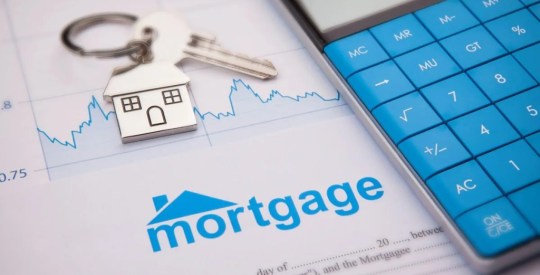The cost of borrowing is inching up, and that’s beginning to shrink the pool of homeowners looking to refinance their reverse mortgages.
For the week ending in Jan. 11, the 30-year Constant Maturity Treasury (CMT) rate and the 10-year CMT rose .16% and .19%, respectively. The 30-year CMT rose to 2.07% for the week, while the 10-year CMT reached 1.70%.
For the past week, the 30-day Secured Overnight Financing Rate (SOFR) stood unchanged at .050% during the same period, while the monthly London Interbank Offered Rate (LIBOR) inched up .004% to .105%, and the annual LIBOR climbed .079% to .662%.
Historically low rates over the past two years, coupled with steeply rising home prices allowed homeowners with reverse mortgages to refinance in order to draw on more equity. Such refinances made up more than half of reverse mortgage originations in 2021.
But as in the forward mortgage market, rising rates, driven by faster than expected tightening of monetary policy in response to continued inflation, are expected to dampen demand for refinances.
Jerry Wagner, CEO of reverse mortgage software provider Ibis Software Corp., said rising rates could begin to deter homeowners from taking out a reverse mortgage.
“It’s going to start nibbling away at [refinances], for sure,” Wagner said.
The refinance share of Home Equity Conversion Mortgages (HECMs) backed by the U.S. Department of Housing and Urban Development (HUD) soared in 2021.
Refinances made up 47% of HUD’s Home Equity Conversion Mortgage originations in 2021, according to the agency’s latest annual report — nearly double their share in 2020, when refinances were 26% of originations.
Last year, HUD transitioned from the LIBOR, which had been the benchmark for variable-rate loans it guarantees, to the SOFR which, like the CMT, is a measure of the U.S. Treasury’s cost of borrowing.
For variable-rate reverse mortgages backed by HUD, borrowers pay interest on the accruing loan balance based on interest rates, which fluctuate. These borrowers also pay a set margin the lender adds. Additionally, they must pay a mortgage insurance premium charged by the Federal Housing Administration (FHA).
HUD insures the majority of the nation’s reverse mortgages through FHA’s Home Equity Conversion Mortgage program. In 2021, FHA backed 49,163 HECM loans, with maximum claim amounts of $21.3 billion.
The FHA program allows homeowners aged 62 or older to withdraw a portion of the value of their home. The principal, along with interest, mortgage insurance premiums and servicing fees add to the mortgage balance over time. As they remain in their home, borrowers pay for maintenance, taxes, insurance and property charges.
The balance is paid on full when the homeowner dies, moves permanently or sells the home. If the HECM balance exceeds the value of the home, it could result in a loss to HUD’s Mutual Mortgage Insurance fund, since the agency guarantees the mortgages.
To limit its exposure to such losses, HUD caps both lenders’ maximum claim amount as well as the percentage of equity a homeowner can draw. In December, HUD said the maximum claim amount would increase to $970,800 from $822,375 for the calendar year 2022.
While lenders relayed general optimism to RMD about the new limit shortly after it was announced, industry analysts hold some reservations related to the health of the MMI Fund and the potential effect it could have on refinances.



